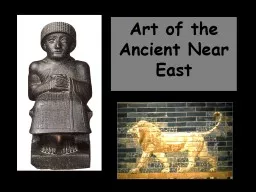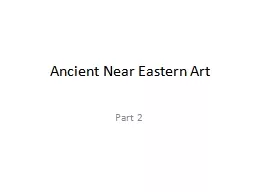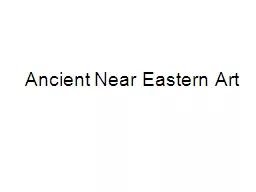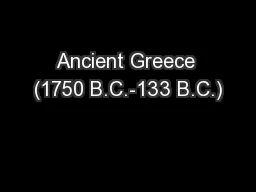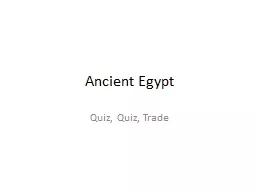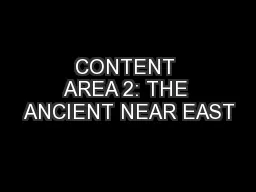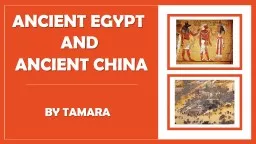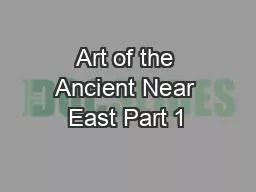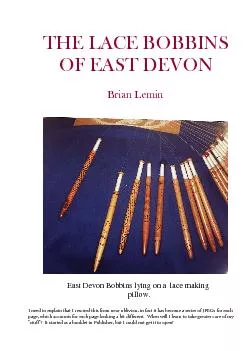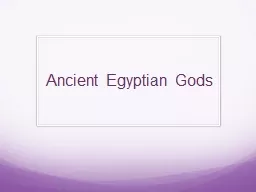PPT-Art of the Ancient Near East
Author : pamella-moone | Published Date : 2018-10-29
Ancient Near East 12 White Temple and its ziggurat Uruk modern Warka Iraq Sumerian c 35003000 BCE Mud brick use of mud brick desire for monumental architecture
Presentation Embed Code
Download Presentation
Download Presentation The PPT/PDF document "Art of the Ancient Near East" is the property of its rightful owner. Permission is granted to download and print the materials on this website for personal, non-commercial use only, and to display it on your personal computer provided you do not modify the materials and that you retain all copyright notices contained in the materials. By downloading content from our website, you accept the terms of this agreement.
Art of the Ancient Near East: Transcript
Download Rules Of Document
"Art of the Ancient Near East"The content belongs to its owner. You may download and print it for personal use, without modification, and keep all copyright notices. By downloading, you agree to these terms.
Related Documents

